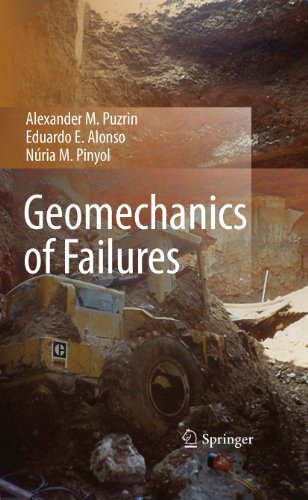

Most ebook files are in PDF format, so you can easily read them using various software such as Foxit Reader or directly on the Google Chrome browser.
Some ebook files are released by publishers in other formats such as .awz, .mobi, .epub, .fb2, etc. You may need to install specific software to read these formats on mobile/PC, such as Calibre.
Please read the tutorial at this link: https://ebookbell.com/faq
We offer FREE conversion to the popular formats you request; however, this may take some time. Therefore, right after payment, please email us, and we will try to provide the service as quickly as possible.
For some exceptional file formats or broken links (if any), please refrain from opening any disputes. Instead, email us first, and we will try to assist within a maximum of 6 hours.
EbookBell Team

5.0
60 reviewsIt is not an easy task to fascinate a student with a standard course on Soil Mechanics and Geotechnical Engineering. If, however, the same material is presented as a tool to explore a natural or a man-made "disaster", both the motivation and the ability to absorb this material increase dramatically. The case studies in this book could help to build an introductory Forensic Geotechnical Engineering course, covering such basic topics as settlements, bearing capacity and excavations.
The failure cases considered in this book have something in common – they can be all reasonably well explained using so called "back-of-the-envelope" calculations, i.e., without sophisticated models requiring finite element analysis. These simple methods based on clear mechanical considerations are the endangered species of the computer dominated era, though sometimes they could prevent a disaster caused by a wrong application of computer models. In particular, the upper bound limit analysis has repeatedly proven itself as a powerful tool allowing for sufficiently accurate estimates of the failure loads and leaving a lot of room for creativity.
No one is exempt from making mistakes, but repeating well known mistakes reveals a gap in education. One of the objectives of this book is to attempt bridging this gap, at least partially. More failure cases covering a larger area of geotechnical problems are included into the companion book "Geomechanics of Failures: Advanced Topics" by the same authors.